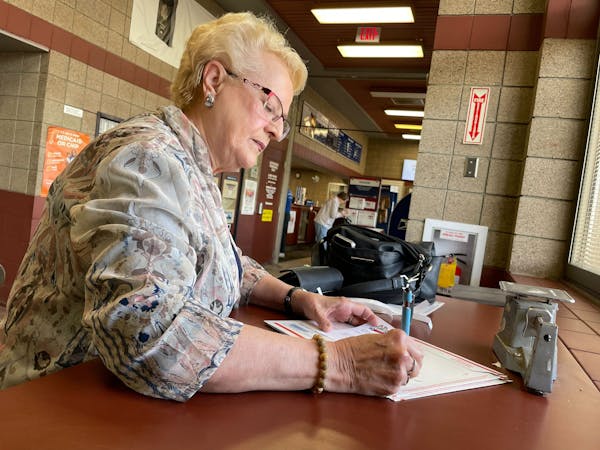The first weekend of Walker Art Center's "Momentum: New Dance Works 2011" series at Southern Theater offers two pieces drawn from different realms of the human mind.
Chris Yon's lavishly titled "Echo Park Dream Ballet Essay: Les Sylphides Without Margot Fonteyn v. the Pips Without Gladys Knight" subverts the lines between personal memory and cultural nostalgia. Kaleena Miller's "Fleet" taps into the unpredictable rhythms that define her father's struggle with Alzheimer's disease.
In "Echo Park," Yon relies upon his childhood exposure to a hodgepodge of movement styles and meshes this influence with a focus on the underappreciated backup dancer. He sets up a choreographic framework that functions like a kaleidoscope, using movement that constantly reinvents itself with each shifting perspective on the overlapping themes.
Yon employs repetition and accumulation in his dancemaking, but "Echo Park" also shows a fondness for changes in speed and puzzles, particularly as he develops patterns during his opening solo. Familiar popular dance and ballet moves are dissected until they assume a new, almost mechanical quality.
This is especially true when Maggie Bergeron, Angharad Davies, Taryn Griggs, Justin Jones and Megan Mayer appear. Their dancing, as well as the accompanying pop and classical music score, evolves from tight-knit fluidity to free-form fragmentation.
It's the rare example of choreography capturing the essence of time's passage without specific lighting or visual tricks. The result is like a flip book, with flickering images that still register in the mind's eye.
With "Fleet," Miller mines the vivid frustration and moments of grace that accompany a painful family experience. Using tap and other forms of percussive dance, Miller leads her talented company of 12 dancers (wearing bright primary colors and name tags) as they circle Ned Sturgis, an individual who is coming to grips with his growing isolation even as the world continues to swirl around -- and away -- from him.
The heartbeat of "Fleet," naturally, is Miller, and her solo dancing is defined by emotional rawness. Her anxious feet flutter with the speed and persistence of hummingbirds against glass. Occasionally, she falls into the arms of fellow dancers, a caregiver needing others from time to time.
This is an unsentimental work about wrestling and reckoning with a difficult situation. There's no pat resolution, just a willingness to follow the flow.
Caroline Palmer writes regularly about dance.
Sign up for Star Tribune newsletters

Drone footage shows Ukrainian village battered to ruins as residents flee Russian advance
In heated western Minn. GOP congressional primary, outsiders challenging incumbent

